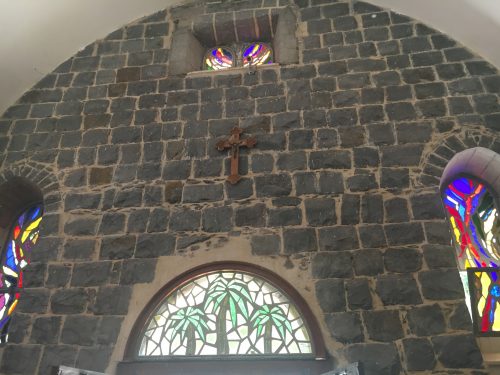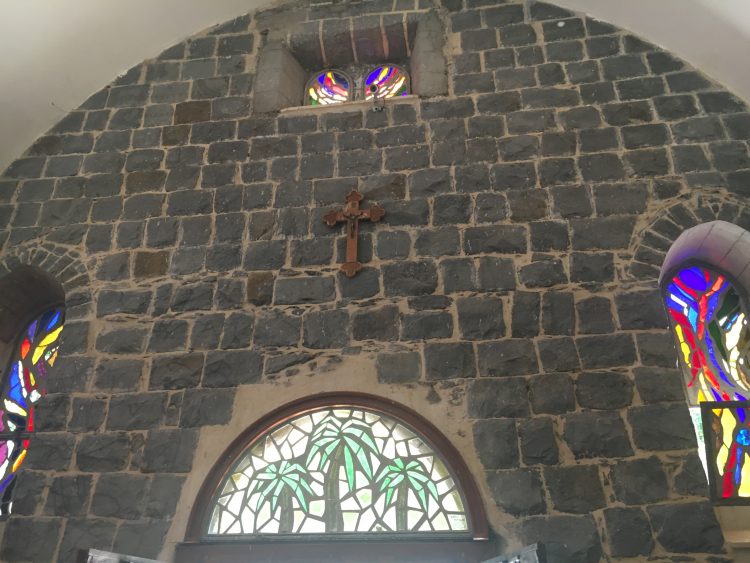Walking through a historical site, it is easy to romanticize the past. You see a temple where Jesus worshipped, or a site that was the birthplace of a key character in the past, and you want to imagine a time that is nothing like where we live now.
You can believe that the past was a mythical place where the people were different, and nothing since has been able to reach such heights of magical quality. However, upon viewing a tree containing the carved names of tourists at the historical sight of Tabgha, I was starkly reminded that these sights do not represent a stagnant people group, but a distant relative of someone who is alive today.
Tabgha is a charming town on the coast of the Sea of Galilee. Commonly known as the site for the Miracle of Multiplication of Loaves and Fish, this site is imbued with a deep religious history. Around since the 5th century, this site has heavily relied on fishing from the Sea of Galilee, and recently has relied on the tourist trade through its religious significance.
In a talk on the benefits of community archaeology, Elena Sesma talked about a site in the Bahamas that was still in use as a residential area. The abandoned plantation, left to slaves after their mistress had passed away, provides a clear picture of this idea. The great-great grandchildren of those slaves are still living where their ancestors lived. To an outsider, this site represents the horrific yet mystical period of New World slavery, but to the inhabitants it is the home of their ancestral line. When you break down the idea of people living in the past as a mythical group of people to the previous generations of today, we break down mythical time. History and historical sites become interesting and new geographic locations for people who may have acted similar to those of us alive today. Marketplaces become scenes for mothers to argue with their daughters about the modesty of a dress, lovers to steal a few moments together before having to return to their daily tasks, or a place for friends to come together and gossip about the day while looking at all of the imported goods. Mythical time becomes similar to the time of the present, but set in the past.
To me, this created a deeper meaning to the site that I was visiting. I was not just awed by the monumental architecture and the historical significance, but I was feeling a deeper connection to the site. I was visiting someone’s home, their place of worship, or their town, and I was somehow similar to the person who had created these things. It created a powerful tie to the history of this amazing country, and bridged the gap between the past and the present.


2 Comments